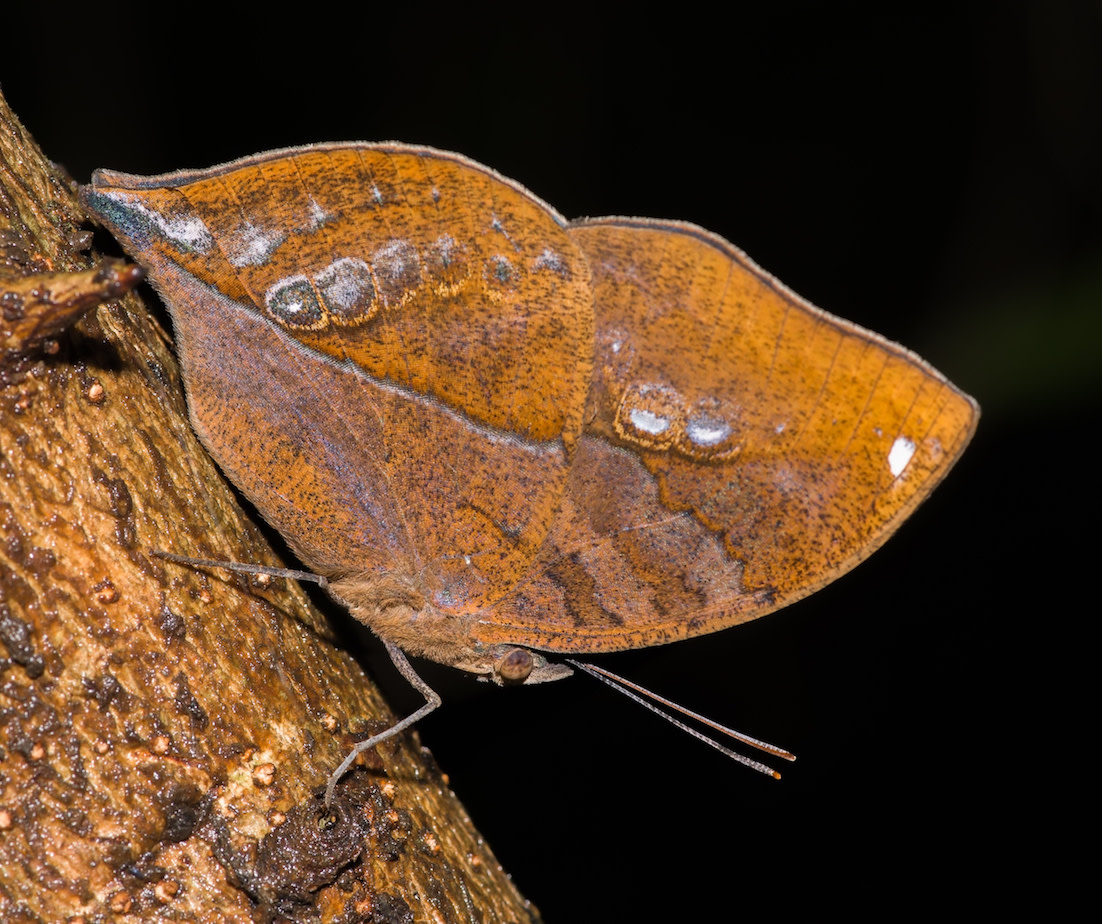 Listen to this article
•
15:34 min
Listen to this article
•
15:34 min
Unexpected disguise Butterflies are usually known for their flamboyant colours, but for this small, winged creature, disguise is the name of the game. When perched on branches or plants, the blue oakleaf usually sits very still, with wings closed.
Two avatars Wings closed it looks exactly like a brown, dead leaf. Sinewy veins and a central midrib run across the wings’ lower surfaces, and mottled patches give the appearance of decay and fungal spots so common on dry leaves. With wings open it reveals hues of deep blue, grey, and white. The upper side of its delicate curved wings are a stark contrast to the butterfly’s dull brown underside.
True Colours Found in tropical forests of the Sahyadris, the blue oakleaf butterfly is named for its two distinct personas. When the clever camouflage artist decides to spread its wings, we finally get a glimpse of the vibrant blue colour that lends the butterfly part of its name. The species only reveals its true colours when it spreads its wings to bask in the sunlight, or when it takes flight.

The challenge A dry leaf on a rainforest trail usually doesn’t merit a second glance. Unless the leaf suddenly takes flight, revealing brilliant shades of indigo on its upper surface. In the closed state, this butterfly is very hard to spot, even for the trained eye. Experts look out for the subtlest movements to identify the species.
Masterful strategy Adding to the superior camouflage in colour and shape is the blue oakleaf’s ability to trick not just humans, but residents of the wild as well. To escape predators the butterfly will simply choose a perch where its leaf-like underside will not seem out of place — like the trunk of a tree or a pile of dead leaves. It even flutters in the breeze like a dried leaf. Blending into the background perfectly, it is unseen to predators like birds or lizards.





